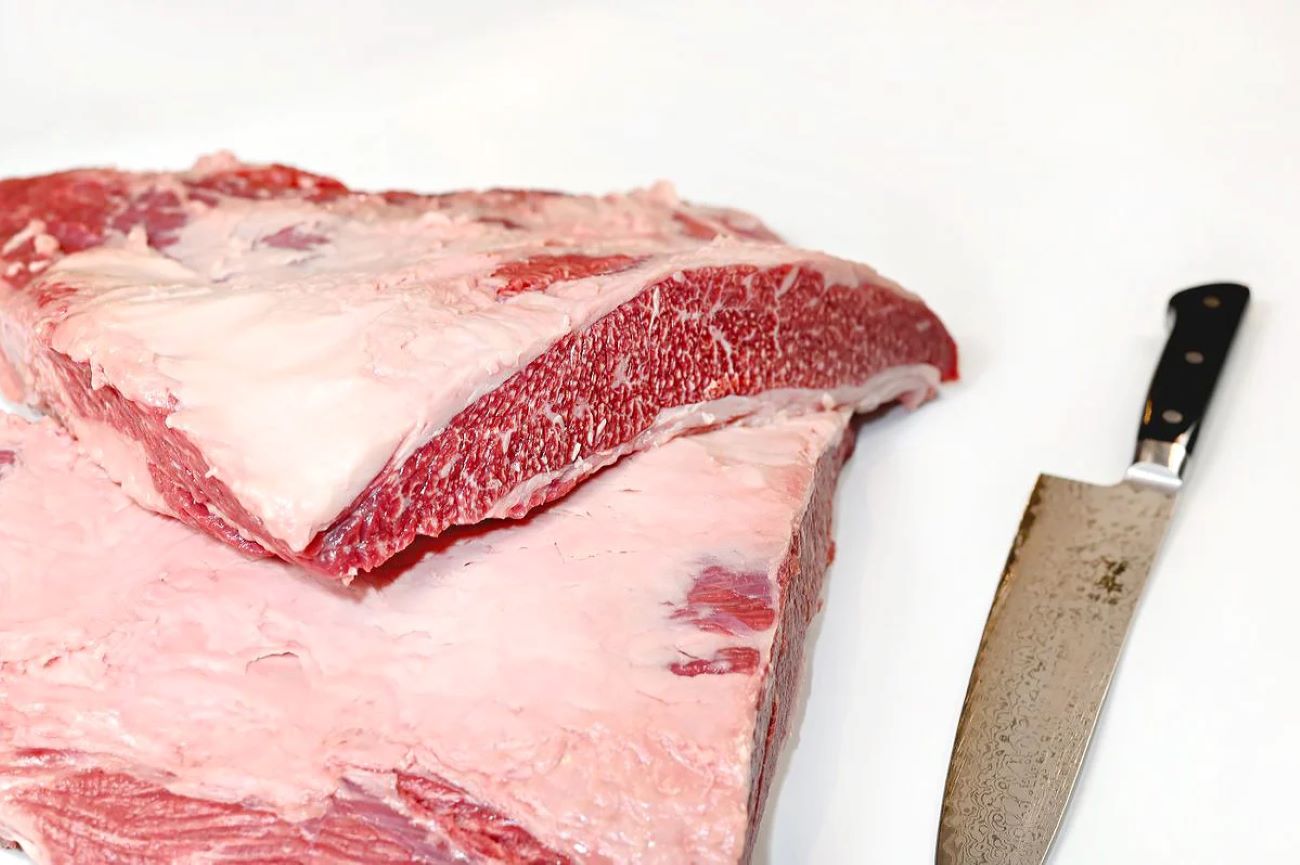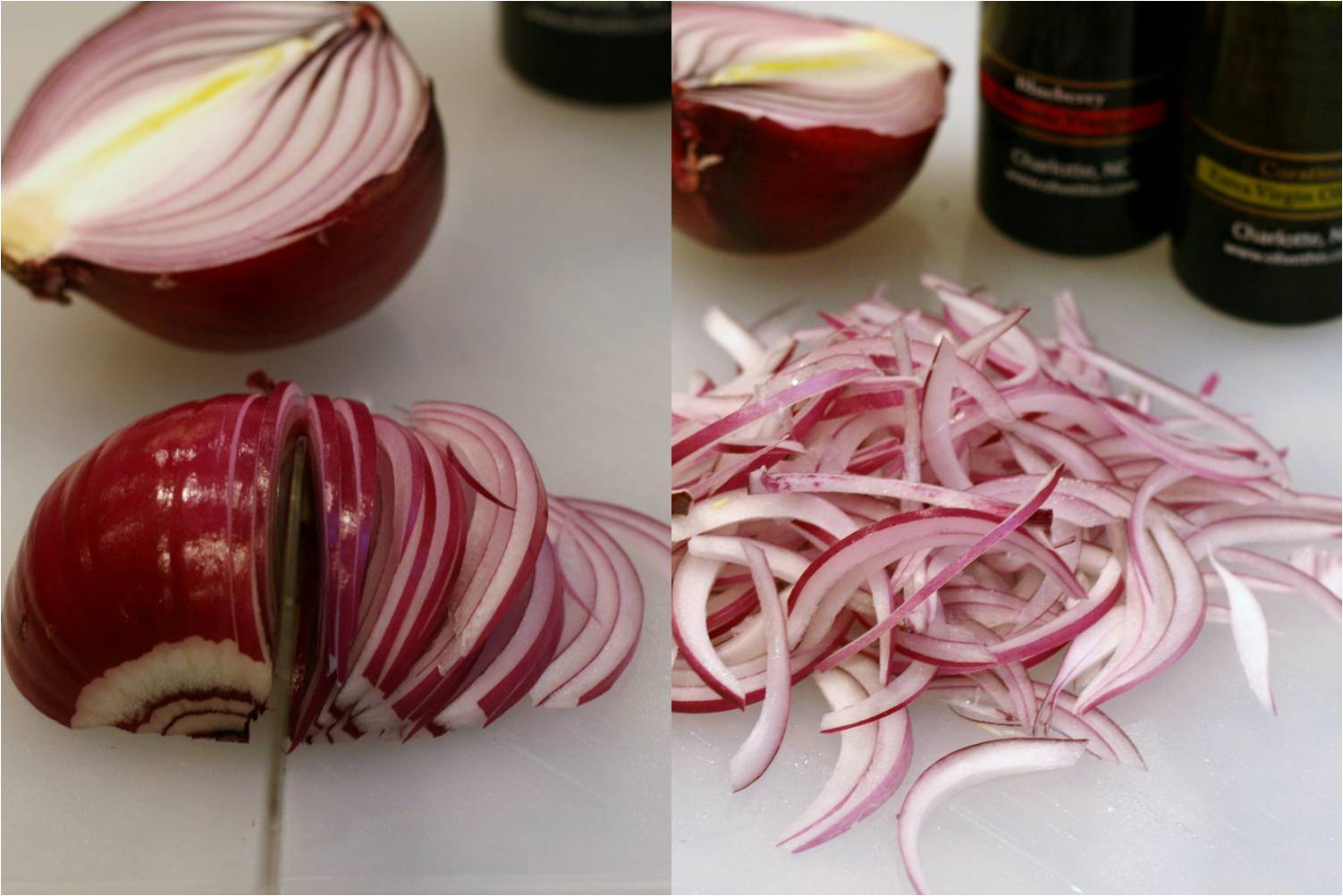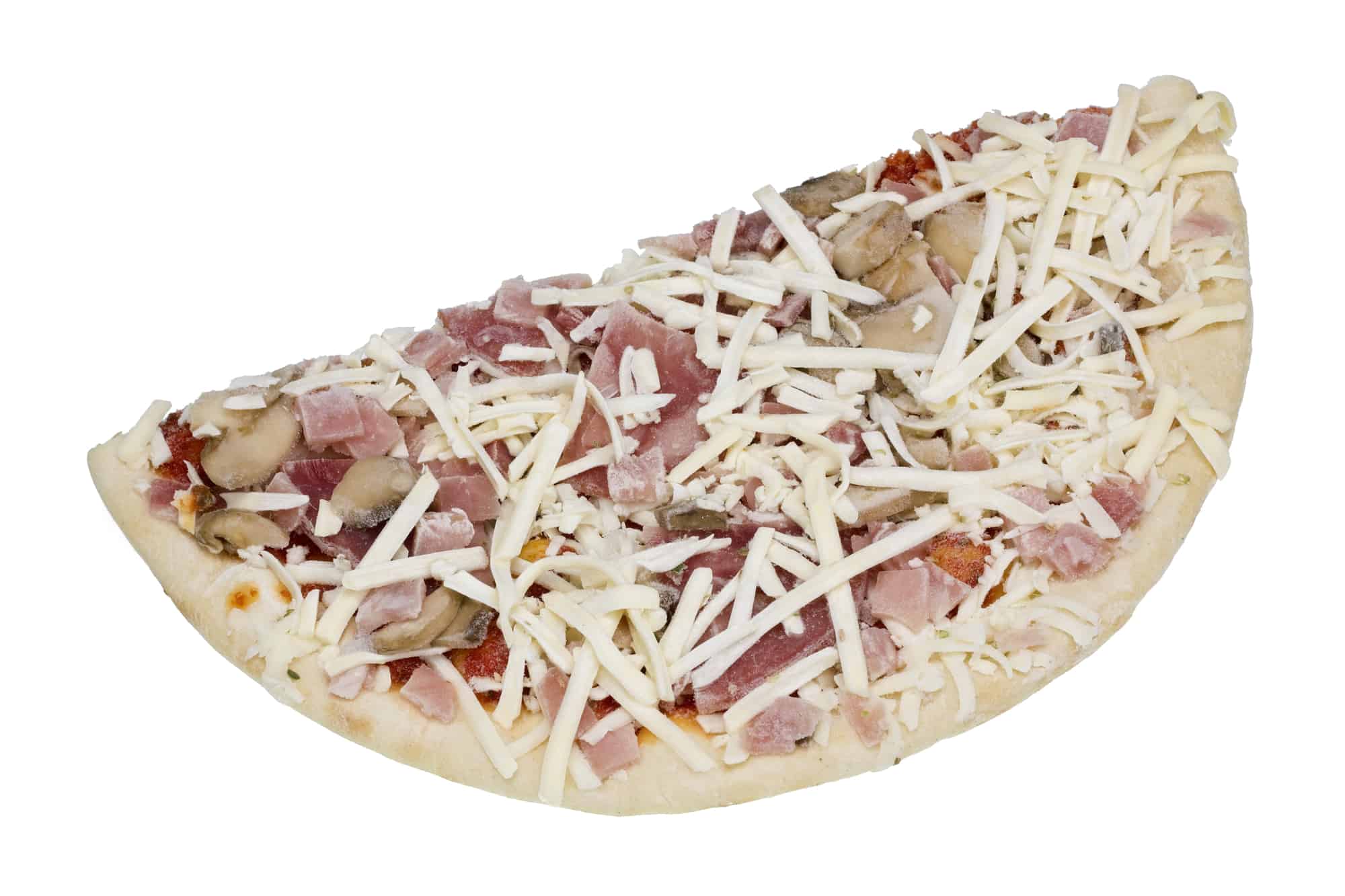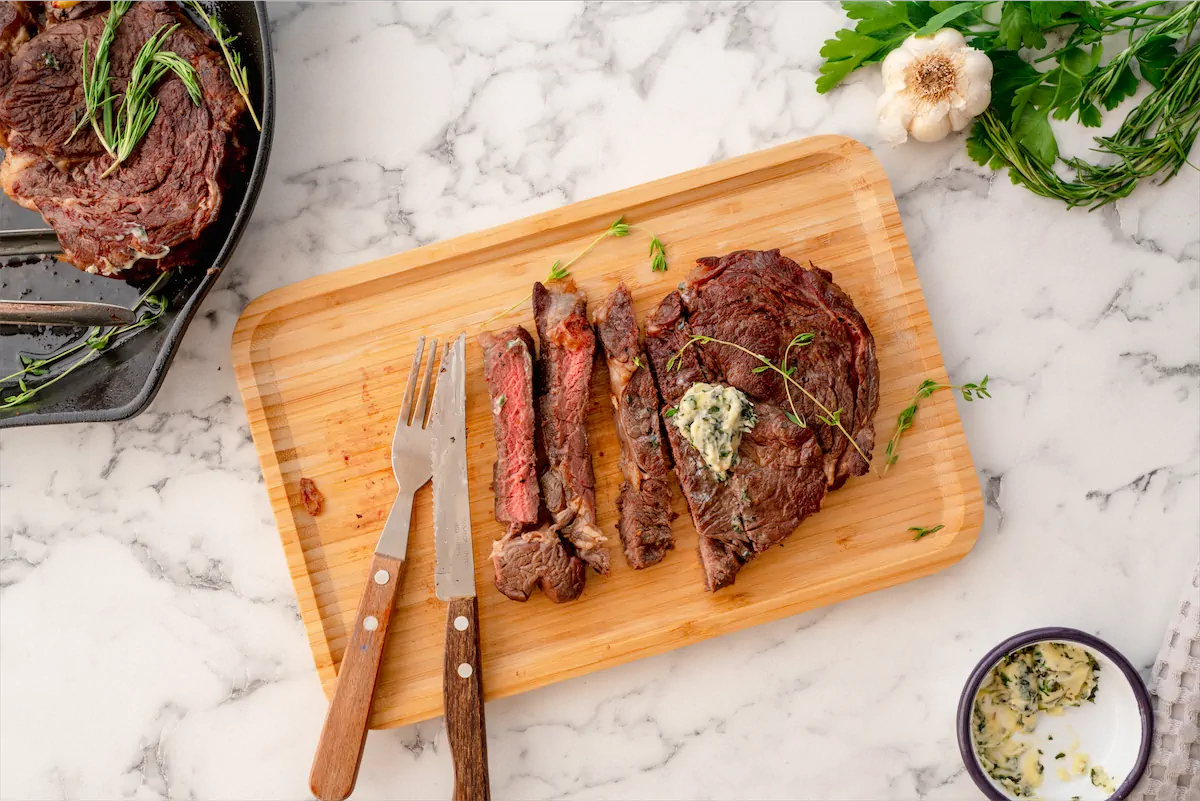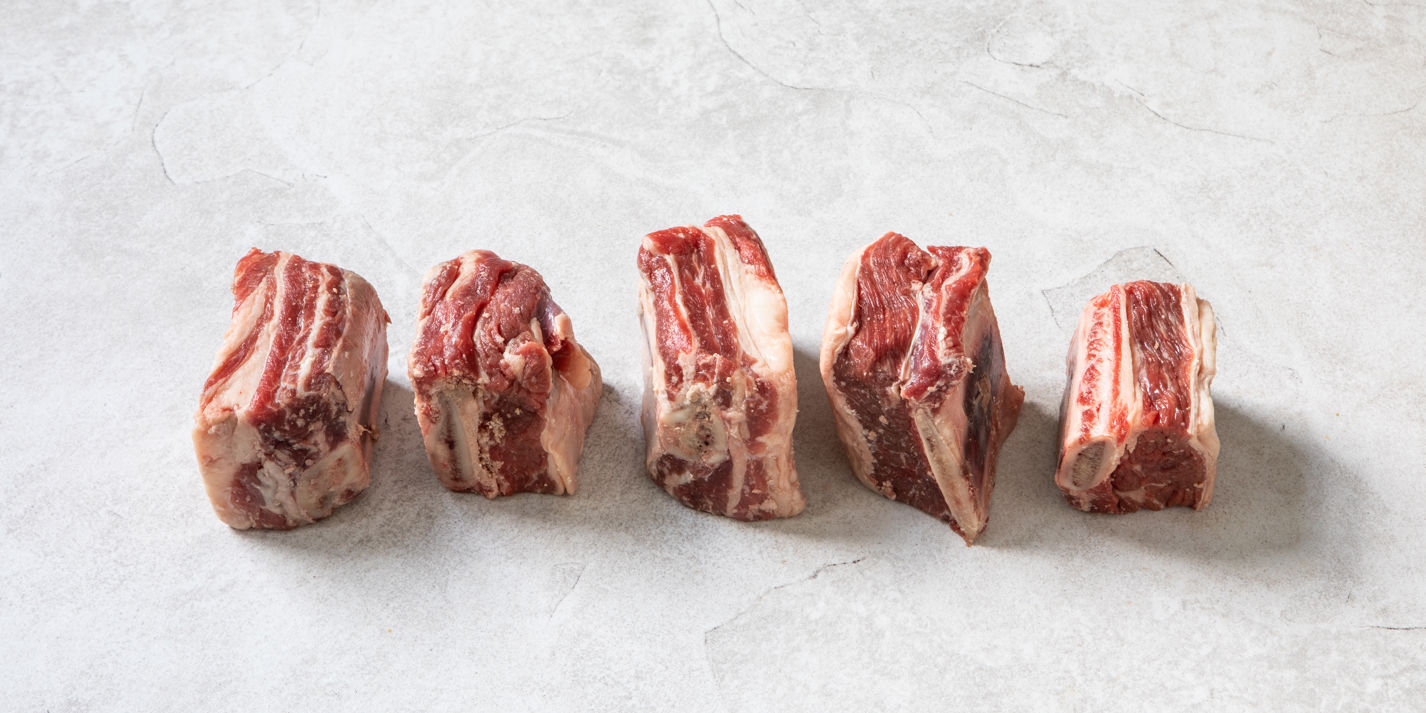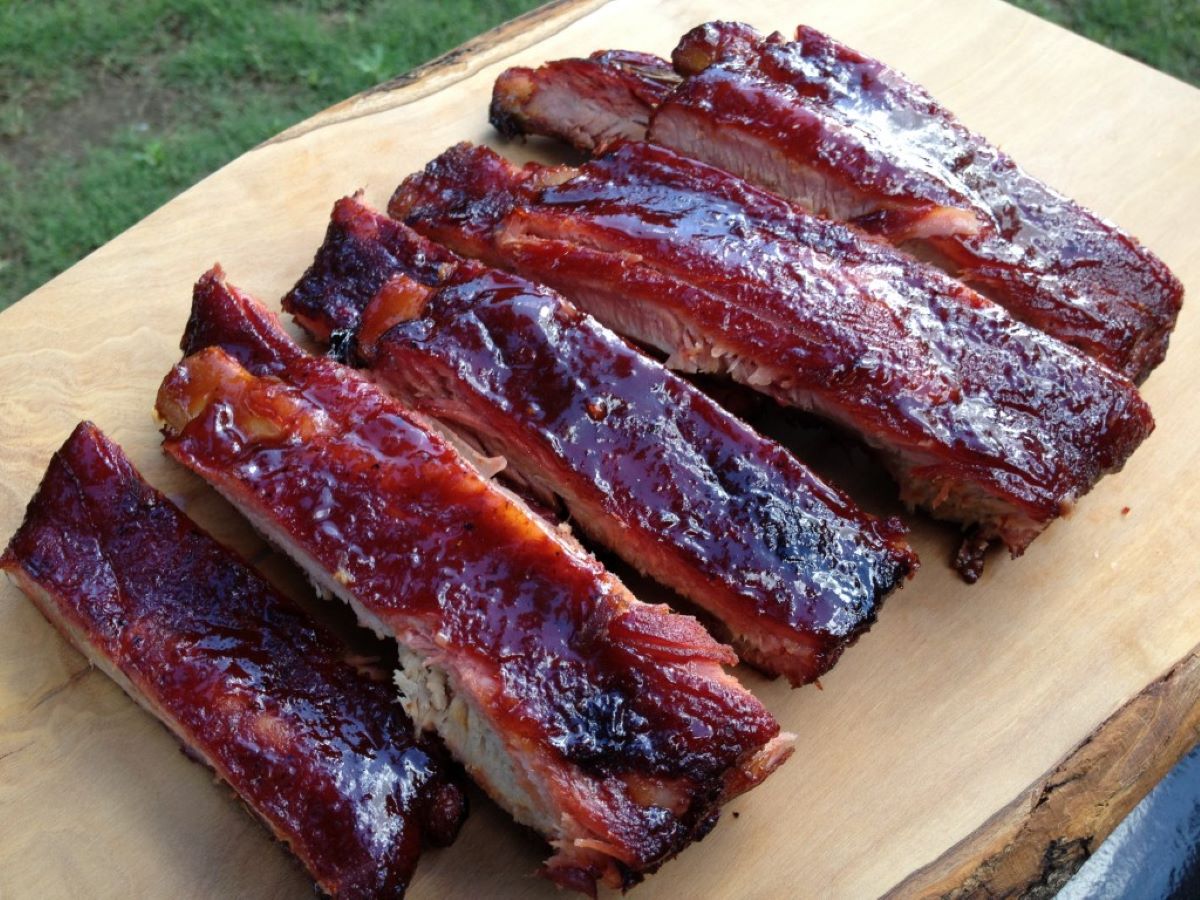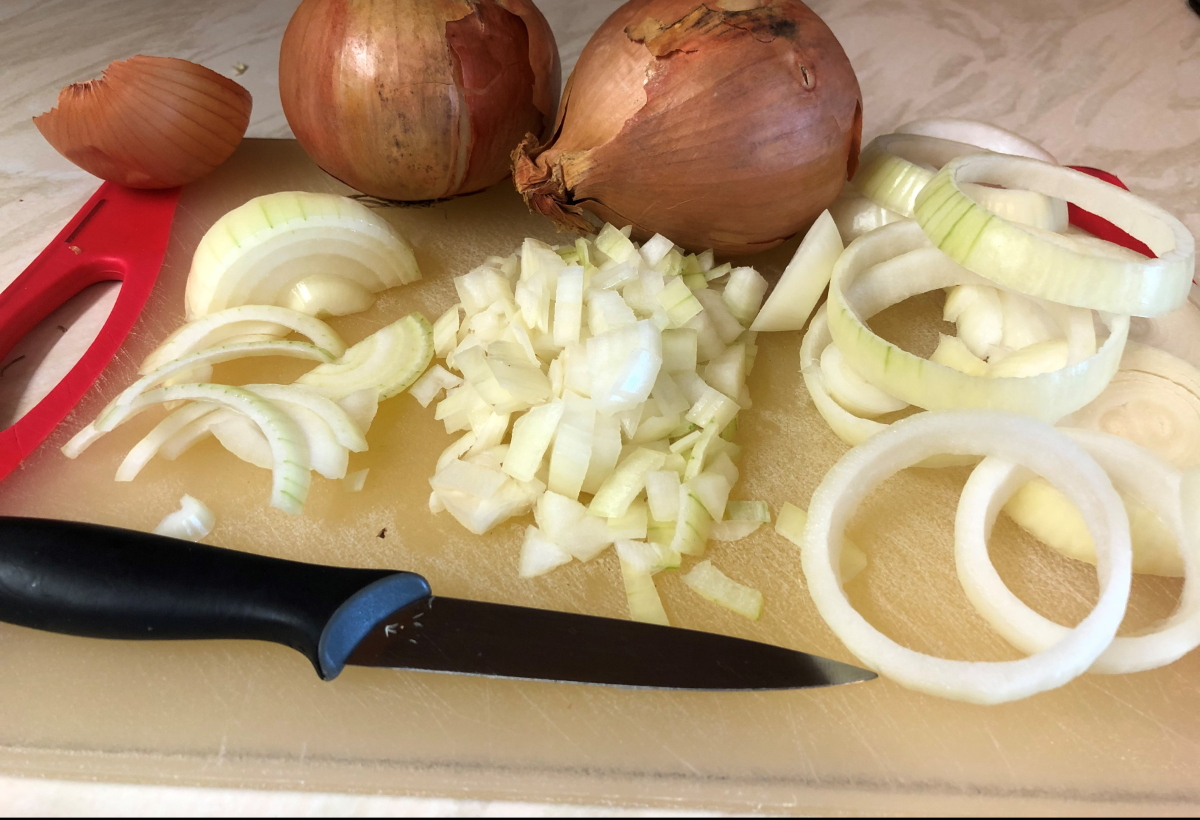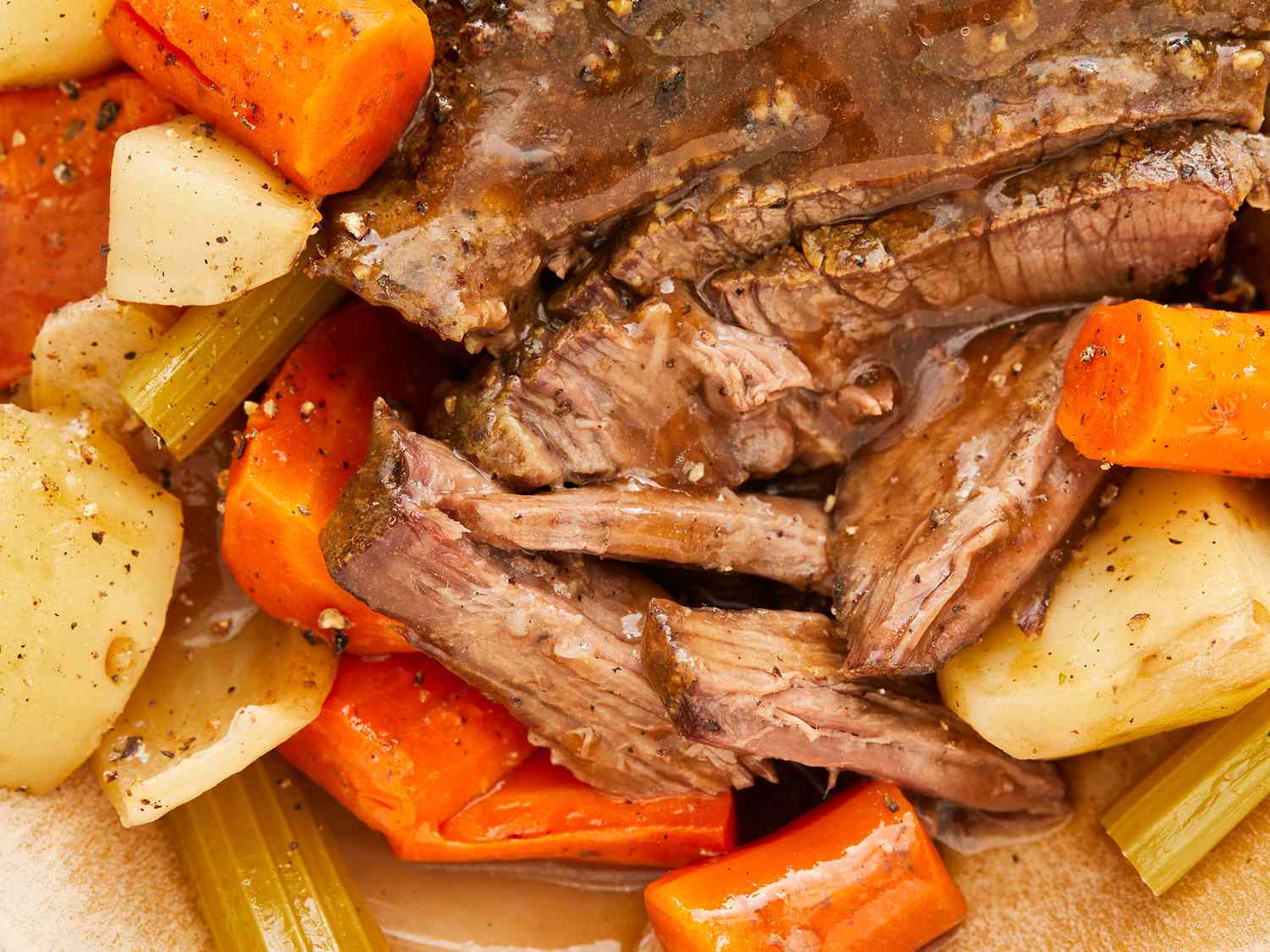Introduction
Beef jerky is a delicious and protein-packed snack that people love to munch on. Whether you’re a jerky enthusiast or just starting to experiment with homemade jerky, one of the most important steps in the process is cutting the meat correctly. In this article, we will guide you through the steps of cutting meat for beef jerky, ensuring that you end up with tender, flavorful pieces every time.
Choosing the Right Cut of Meat
The first step in cutting meat for beef jerky is selecting the right cut. Opt for lean cuts like sirloin, eye of round, or flank steak. These cuts have less fat and will result in a better jerky texture. Remember, the key to a good jerky lies in the lean meat!
Key tip: When choosing meat for jerky, look for cuts with minimal marbling.
Freezing the Meat
To make the cutting process easier, it’s recommended to partially freeze the meat. This step helps in achieving thin and consistent slices.
Key tip: Wrap the meat in plastic wrap or put it in a sealed plastic bag before placing it in the freezer.
Slicing Against the Grain
When cutting the partially frozen meat, it’s crucial to slice it against the grain. The grain refers to the direction of the muscle fibers in the meat. By slicing against the grain, you’ll end up with more tender and easier-to-chew jerky.
Key tip: If you’re unsure about the direction of the grain, look for the lines running along the meat and slice perpendicular to them.
Getting the Right Thickness
Consistency is key when it comes to cutting meat for beef jerky. Aim for uniform slices to ensure even drying and cooking. The ideal thickness for beef jerky is around 1/8 to 1/4 inch.
Key tip: Use a sharp knife or an electric slicer to achieve the desired thickness consistently.
Trimming Excess Fat
Before marinating or seasoning the sliced meat, it’s essential to trim any excess fat. Fat doesn’t dry out like the meat does, leading to a shorter shelf life for your jerky. Removing fat will also prevent your jerky from becoming too greasy.
Key tip: Trim off visible fat and connective tissues for a leaner and healthier beef jerky.
Marinating the Meat
Once you’ve cut the meat into even slices and trimmed the fat, it’s time to marinate it. Marinating adds flavor and enhances the taste of your beef jerky. Choose a marinade recipe that suits your taste preferences, whether it’s sweet, spicy, or savory.
Key tip: Marinate the meat in a sealed plastic bag or a glass container in the refrigerator for at least 8 hours or overnight to allow the flavors to penetrate.
Conclusion
Cutting meat for beef jerky is an important step in ensuring the final product turns out flavorful and tender. By choosing the right cut, slicing against the grain, achieving the right thickness, and trimming excess fat, you’re setting yourself up for jerky success. Remember to marinate the meat for optimal flavor. So, don your apron, grab your knife, and get ready to slice your way to mouth-watering beef jerky!
For those eager to put their newfound meat-cutting skills to the test, a variety of beef jerky recipes await. The Classic Teriyaki Beef Jerky Recipe offers a timeless flavor profile that's hard to resist. If you're in the mood for something with a kick, the Spicy Sriracha Beef Jerky Recipe will not disappoint. The Korean BBQ Beef Jerky Recipe combines sweet and savory elements for a deliciously balanced taste. For a tropical twist, try the Pineapple Teriyaki Beef Jerky Recipe. And for those who love smoky and citrusy flavors, the Chipotle Lime Beef Jerky Recipe is a must-try. Each recipe provides a unique way to enjoy your homemade beef jerky, making them perfect for mastering your new cutting techniques.
